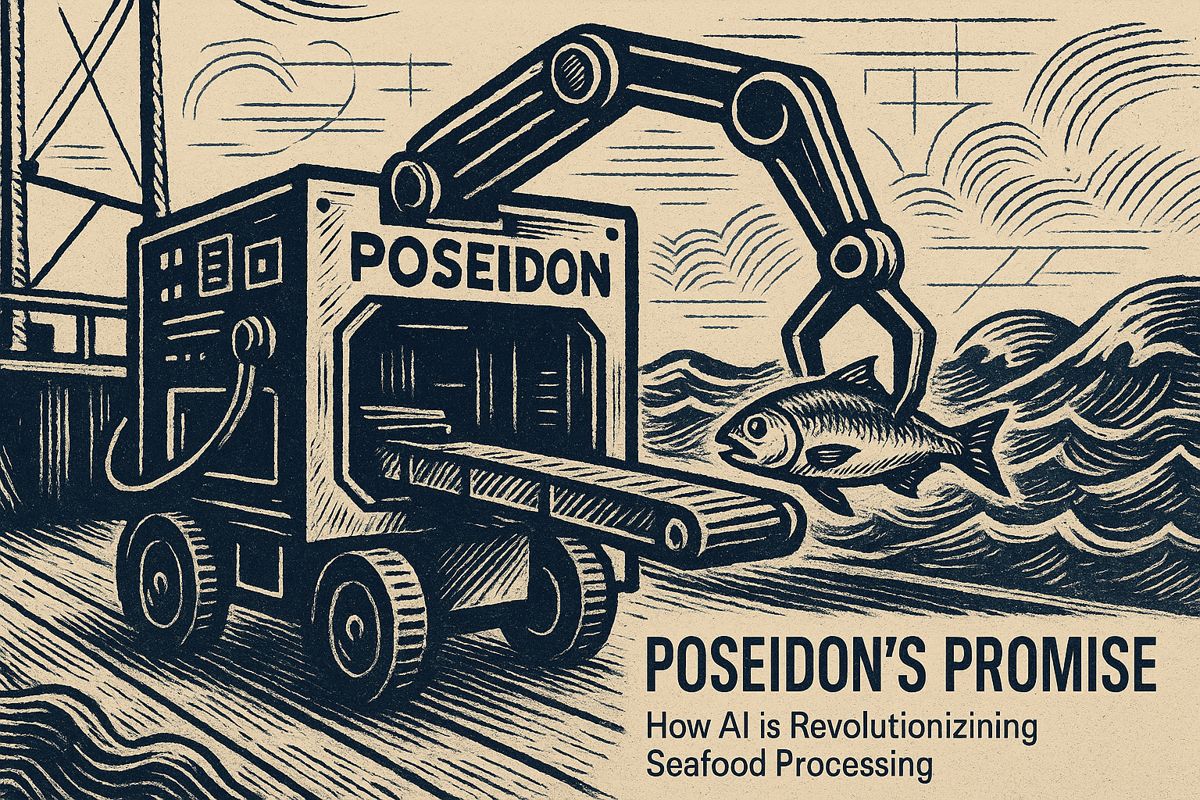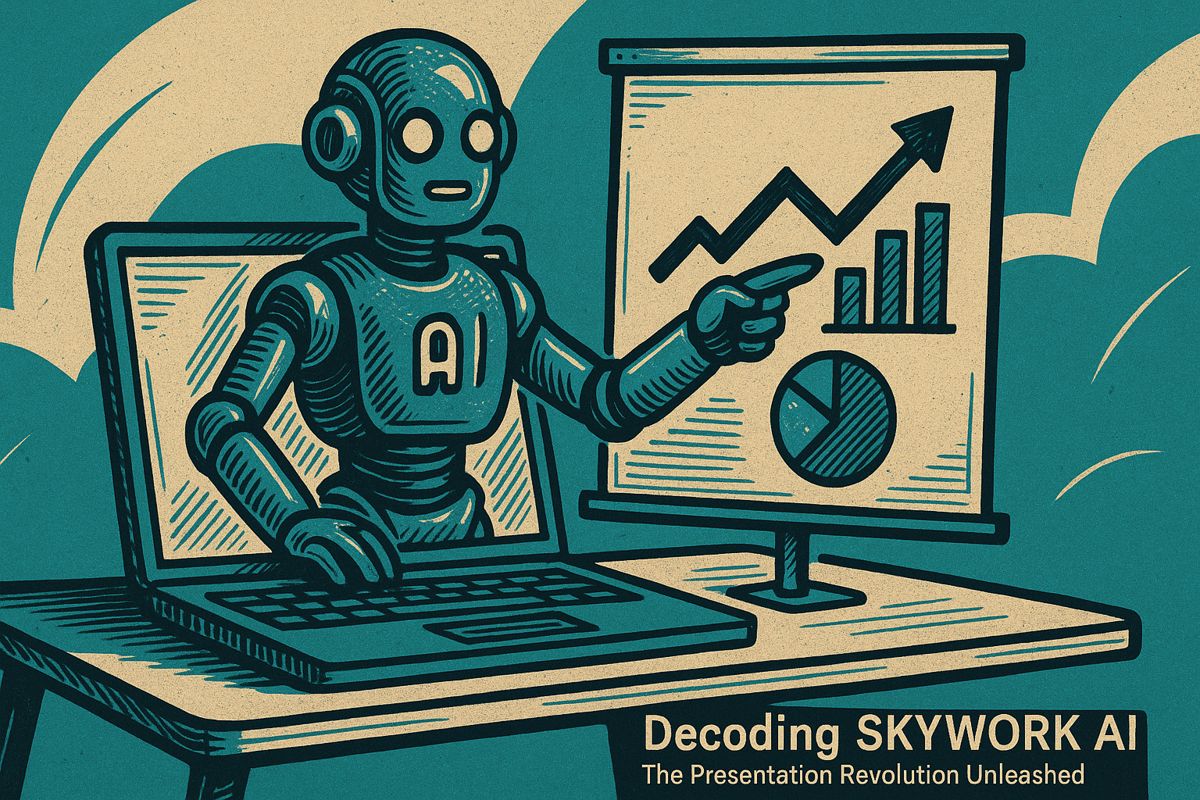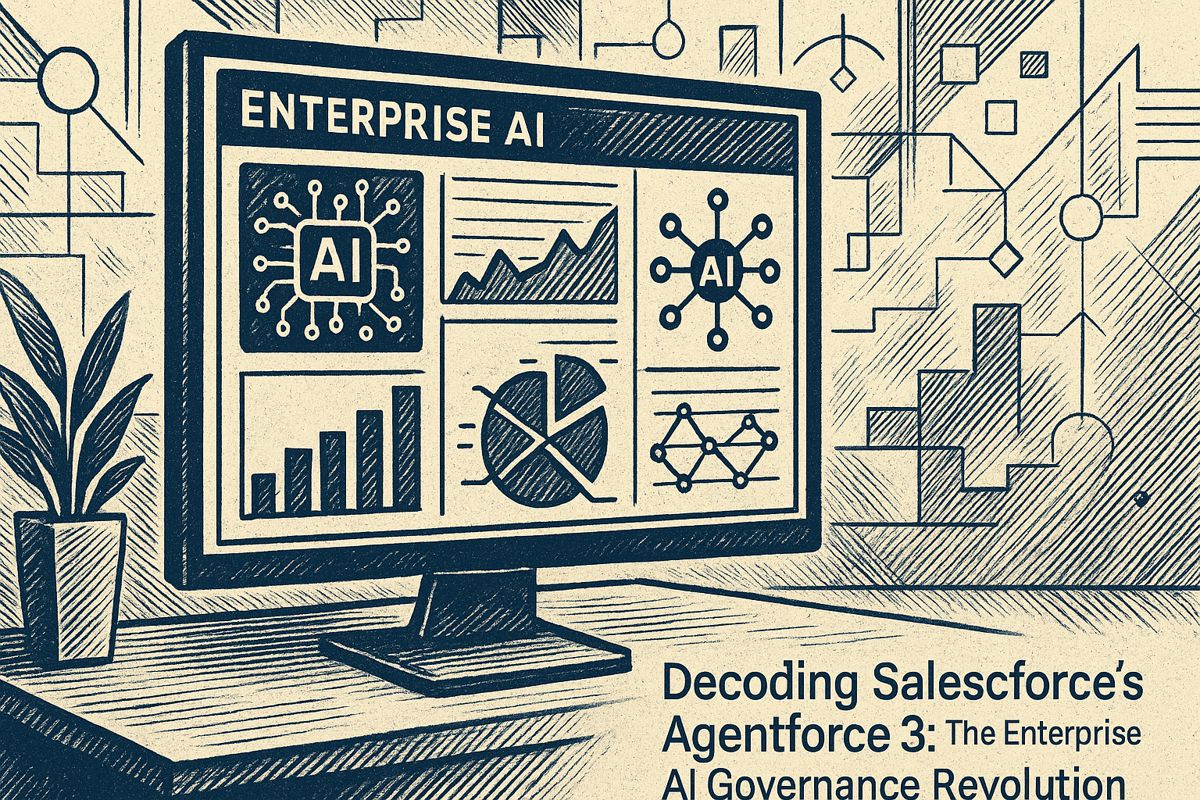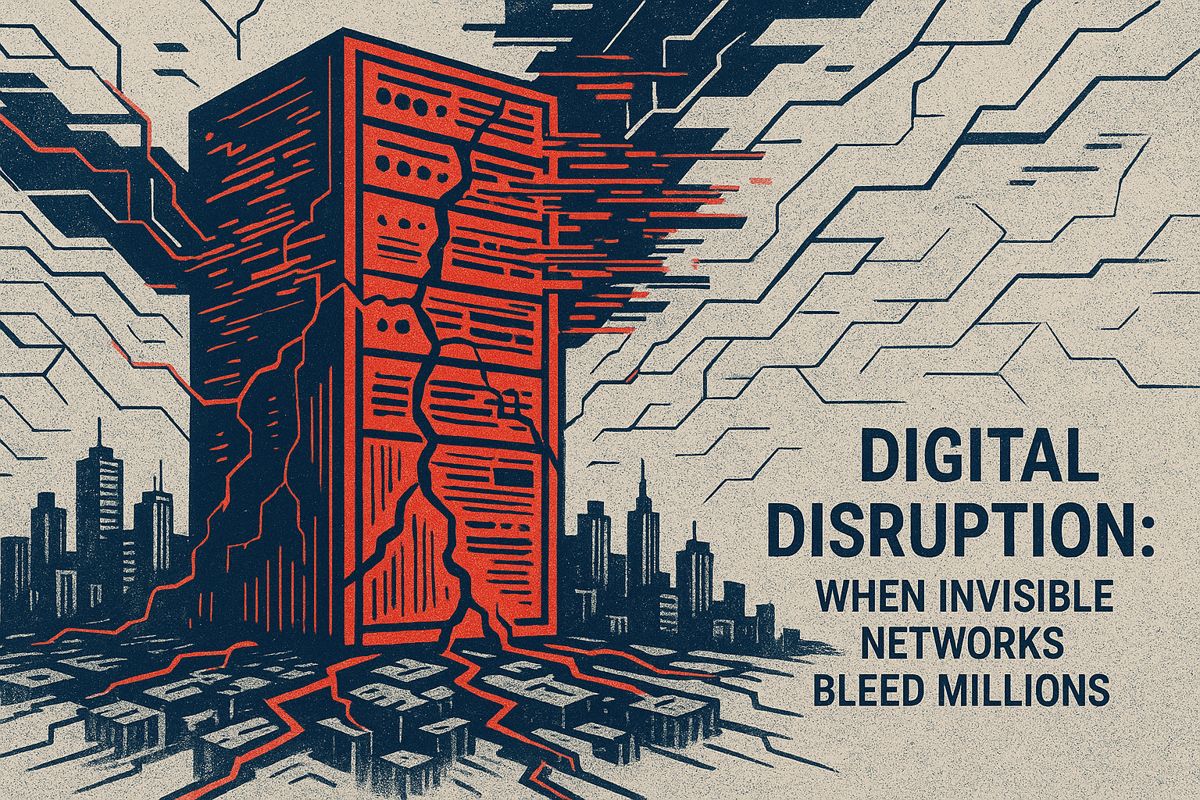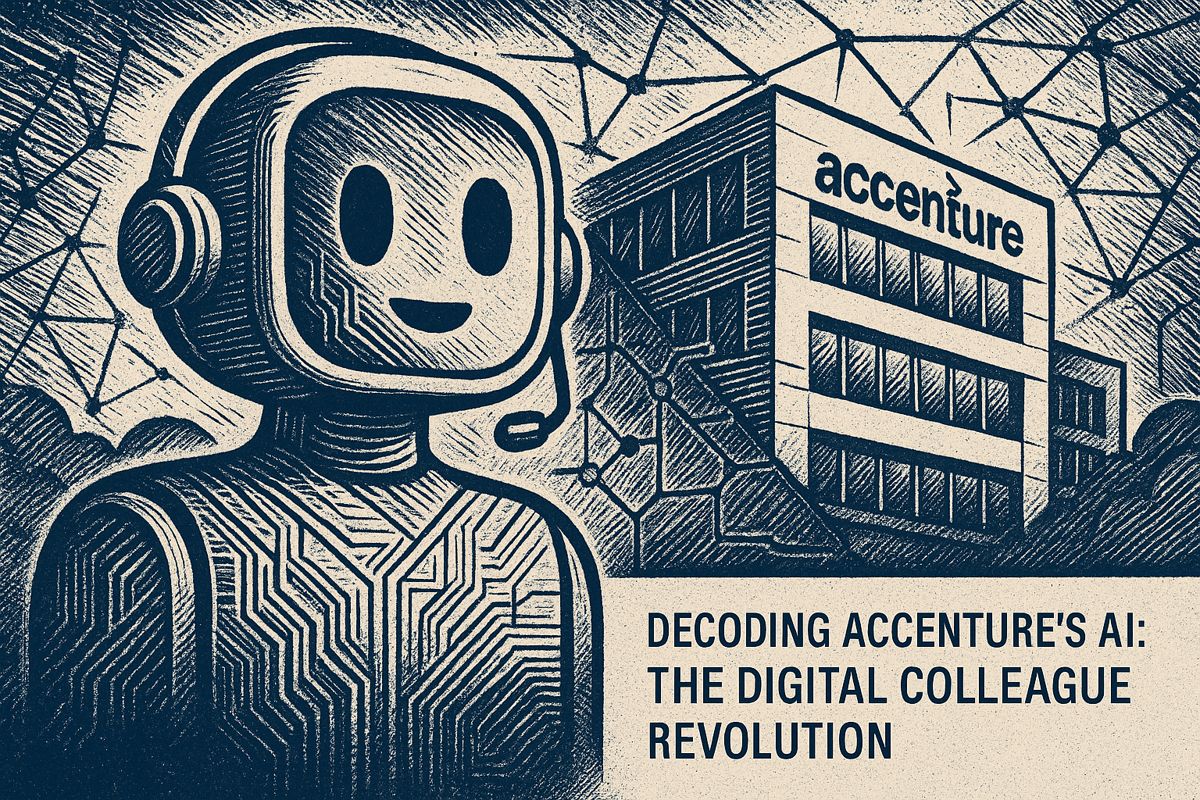Here’s the summary with the most important phrase in bold:
AI is revolutionizing seafood processing through Shinkei Systems’ Poseidon technology, which uses artificial intelligence to handle fish more humanely and precisely. By mimicking the Japanese ike jime method, the system quickly renders fish unconscious, reducing stress and preserving meat quality with remarkable efficiency. The technology not only triples fish shelf life and cuts waste by up to 67%, but also promises better flavor and texture for consumers. Founded by Saif Khawaja, the company aims to transform the seafood industry by combining technological innovation with ethical considerations. Ultimately, Shinkei hopes to provide Michelin-quality seafood that challenges traditional processing methods and offers a more compassionate approach to fish handling.
How Is AI Transforming Seafood Processing?
AI is revolutionizing seafood processing by enabling more humane, precise fish handling. Shinkei Systems’ Poseidon technology uses AI to quickly and painlessly process fish, reducing stress, preserving meat quality, tripling shelf life, and cutting waste by up to 67% while maintaining superior flavor and texture.
Childhood Markets and the Metallic Tang
I stumbled on a news piece about Shinkei Systems hauling in $22 million (yes, really) to supercharge their AI fish processing tech, and suddenly I could smell my childhood fish market all over again. The memory is sharp: fluorescent lights flickering, ice melting around silver-scaled mackerel, voices tangling in the air like fishing line. There was always a metallic tang that whispered of old blood and salt – not exactly an appetizing overture, if we’re honest. Most people, myself included, never wondered about what actually happened to those fish before they landed, lifeless and staring, behind the glass.
But the closer I looked at Shinkei’s story, the more I realized that technology in seafood isn’t just about efficiency or factory-fresh marketing slogans. It’s about empathy, too. A strange thought, maybe. Still, I can’t help but ask: if fish screamed, would anyone listen beneath all that noise and brine?
The Unlikely Path of Saif Khawaja
Let’s zoom in on a man called Saif Khawaja, CEO at Shinkei Systems – not your run-of-the-mill tech bro. His journey began tangled up in Peter Singer’s moral philosophy, which gnawed at him from hobby fishing days straight through to MIT. Imagine founding a robotics company not for Silicon Valley glory, but to answer a persistent ethical itch: could we slaughter fish with both precision and mercy? It’s quirky, even courageous – like trying to knit a sweater with one hand tied behind your back.
Khawaja didn’t set out to build just another gadget. He aimed to redefine the entire seafood industry, threading together compassion and cold logic. I have to admit, I once brushed off “humane slaughter” as an oxymoron (my bad), but now? I see his point.
When Shinkei launched Poseidon, the AI-powered fish processor, it was as if someone had dropped a high-voltage cable into a centuries-old pond. Poseidon doesn’t just automate; it mimics the revered Japanese ike jime method, delivering an instant, almost surgical end for the fish. I wonder if the fish notice the change – a fast blackout instead of panic on the deck.
Poseidon: Robotics, Scent of Salt, and the Numbers
Let’s get granular. Poseidon, their flagship device, travels on fishing vessels from Gloucester to Hokkaido, humming away like R2-D2’s saltier cousin. The AI inside can distinguish species, then perform the ike jime cut with the calm efficiency of a sushi chef, not a factory worker. Fish are rendered unconscious quickly, keeping stress hormones at bay and – here’s where my skepticism crumbled – preserving the meat’s delicate flavors and texture. Michelin-star chefs might call it “umami clarity,” but to me, it’s the difference between a limp filet and one that snaps under your fork.
Traditional methods? They leave fish gasping and thrashing for minutes, a drawn-out process that spoils both taste and conscience. That’s not PR fluff; it’s backed by peer-reviewed studies in Aquaculture International and echoed by seafood giants like Mowi. With Poseidon, Shinkei claims to triple shelf life and cut waste by up to 67% (their number, but still: impressive). There’s something almost alchemical about transforming suffering into quality, pain into profit.
Now, here comes the vertical integration twist. Instead of selling tech to behemoths like Thai Union, Khawaja wants Shinkei to buy back the catch, process it themselves, and market it under their Seremoni brand. Fishers get hardware for free, plus premium payouts. It’s a rare full-stack model in aquatech, and, as I learned from a past blunder investing in a one-trick SaaS startup, controlling the supply chain often means owning the upside.
Empathy, Disruption, and the Future Plate
So what does this all mean for those of us standing in line at Whole Foods, squinting at the ice-packed display? For starters, it’s about consistent quality – the kind you usually have to reserve a table at Noma to get. Seremoni, Shinkei’s consumer label, promises “Michelin-quality seafood for everyone,” and for once, that’s not just aspirational seasoning. A hint of citrus, a firmer bite, a story traced back to the boat: these little details matter. My mouth waters just thinking about it. Mmm.
The emotional core here, at least for me, is the jolt of hope. Khawaja’s approach isn’t just business innovation; it’s a gentle rebellion against the numbness of mass consumption. I’m not sure if the industry’s ready to swallow it. But let’s face it: the global seafood supply chain is ripe for disruption, and Poseidon could be the tidal wave that sweeps the old ways out to sea. Or maybe I’m just hooked on optimism.
Will Shinkei’s model ripple out to other proteins, or will it flounder amid the market’s churn? I don’t know – but for once, I’m rooting for the robots. The future of seafood, it turns out, might smell less like old pennies and more like the ocean after rain. Strange, but true…

